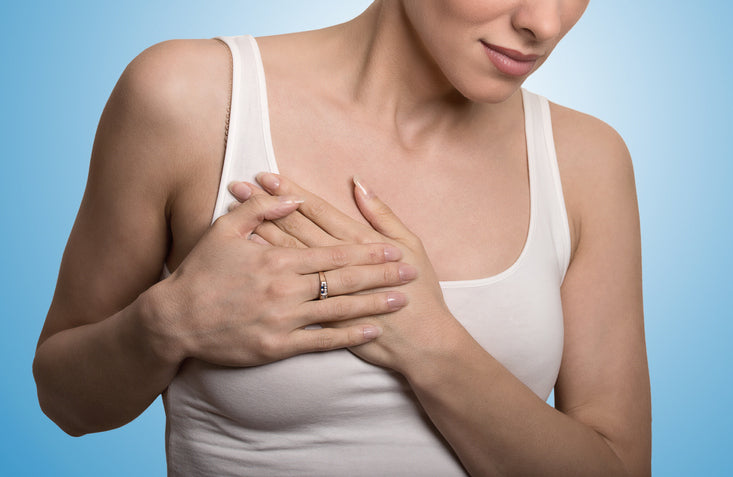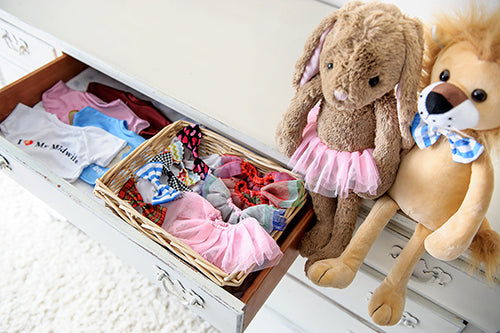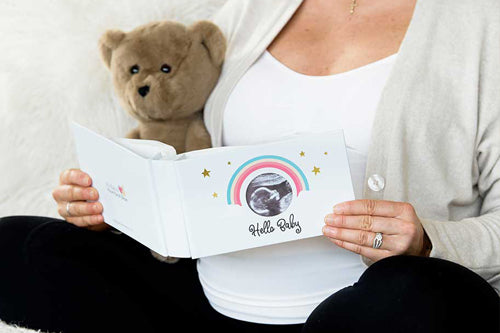Naturally Treating and Preventing Mastitis

It starts with a little bit of pain and a small redness on your breast. The redness spreads and the pain intensifies - fast. Overnight, you can feel as though you’ve run into a brick wall, or that you’ve come down with the worst flu in the history of illnesses. But this isn’t something you can sleep off. When a breastfeeding mother gets a breast infection known as mastitis, there are certain things she must do to help her body out. If you have ever experienced mastitis, you know just how stressful the entire situation can be, and you know it’s worth doing everything possible to prevent ever having it again.

What is Mastitis
Mastitis most commonly occurs when you do not breastfeed often enough, go too long in between feedings, or are not transferring milk to your baby successfully. Your engorged, swollen, milk-filled breasts can cause a clogged milk-duct which leads to an infection within the breast. Mastitis may be caused by a yeast infection known as thrush, too. Research shows that a poor diet and high stress can also trigger masititis, and your bra may even be to blame if reoccurring clogs are happening to you. While less common, mastitis can also occur from an environmental bacteria entering the breasts through a crack in the nipple. This all means that mastitis is pretty common and happens to almost all new moms at least once.
Signs that you have mastitis include:
- Breast pain or tenderness
- A red pie-shaped area on the breast that is warm to the touch
- Swelling of the breast
- Fatigue
- Nausea
- Fever
- Chills
- Body aches
Treating Mastitis
Knowing your body and beginning natural treatments at the first sign of infection is key, or you will go down fast and hard and require antibiotics.
Do not stop breastfeeding during mastitis. ‘Dangle breastfeeding’ while angling your baby’s chin toward the redness should help clear the clog. Continue nursing as often as possible to help transfer the milk and eliminate the clog.
If nursing does not help within the first few hours of tenderness setting in, try the following:
- Massage: “When your baby nurses on the affected side (use that side first), massage the breast towards the nipple. Massage the breast often during feedings and between feedings to help loosen the plugged area.” Source
- Hot/Cold compress: a hot compress before nursing and a cold compress (to reduce inflammation) after nursing.
- Hot shower
- Increase supplements: Probiotics, Vitamin C, raw garlic, echinacea, etc should be taken to help prevent the infection from worsening and aiding in a faster recovery.
If the mastitis does not improve or gets worse after using this treatment for 24-48 hours, contact your doctor.
Preventing Mastitis
Lecithin is a known supplement to prevent clogged milk ducts. It can be taken daily throughout your time breastfeeding. According to Kelly Mom, “The usual recommended dosage for recurrent plugged ducts is 3600-4800 mg lecithin per day, or 1 capsule (1200 milligram) 3-4 times per day. After a week or two with no blockage, mom can reduce the dosage by one capsule. If there is no blockage within another 2 weeks she can reduce it again by one. Mom may need to continue taking 1-2 capsules per day if stopping the lecithin leads to additional plugged ducts.”
Other means of prevention include:
- Avoid underwire bras
- Breastfeed on demand and pump if a session is unexpectedly missed
- Check for lip or tongue-tie in your baby
- Eat a balanced and healthy diet, rich in whole foods
- Get plenty of sleep
Featured Articles
Bringing Your Newborn to the Party
Holiday Hosting While Pregnant
A Heartfelt Holiday Keepsake: Recording a Pet’s Heartbeat

















